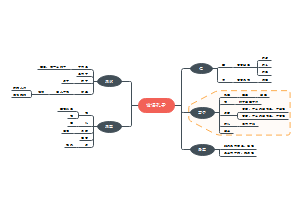10.1(156页)
Reasons for poor speaking
10.1 (157页)
Differences between spoken and written language
Four common features of spoken language(Bygate,1987)
Using fixed conventional phrases/chunks
Differences
Spoken language
Sentences are often incomplete, ungrammatical, and full of hesitations, false starts, and redundancies.
It is not recorded, spoken language can't be listened to again. It is expected to be understood immediately
Written language
Sentences are often carefully constructed and well organized
Written language is comparatively permanent. It can be read as often as necessary.
10.2 (159—160页)
Principles
Maximising meaningful interactions
Helping students develop speaking strategies
Making the best use of classroom learning environment
Balancing accuracy-based with fluency-based practices
10.3 (160—162页)
Designing speaking tasks / Characteristics of successful speaking tasks
Two factors
language proficiency level
Common characteristics in successful speaking tasks
10.4 (162—172页)
Types of speaking tasks
Reasons to give students varieties activities
to cope students with different situations in reality
to help students keep motivation high
to train students have different learning styles
Three types
Communicative activities (Littlewood,1981)
Functional communication activities
Social interaction activities
Pre-communicative (Littlewood,1981)
Structural activities/Controlled activities
focus more on form and accuracy
Quasi-communicative activities/Semi-controlled activities
focus more on meaning and communication
Communicative activities
Information-gap activities
Dialogues and role-plays
Factors effects the success of role-play
clear situations and roles
etc
make sure that the students have the language they will need to carry out the role-play.
Activities using pictures
use many sentences to describe a picture
find commons between two pictures
Problem solving activities
10.5 (172—173页)
Organising speaking tasks
First characteristic
students talk a lot in the foreign language
Reasons for using small group to work
More opportunities
increase the time for each student to practise speaking in one lesson
More motivation
Students are afraid of making mistakes or losing face or they simply feel shy speaking a foreign language in front of a whole class
More authenticity
speaking in small groups is more natural
Different levels
different small groups can work at different levels if the teacher groups students according to their language proficiency level
Sense of cooperation
helps students learn to work cooperatively and develop interpersonal skills









